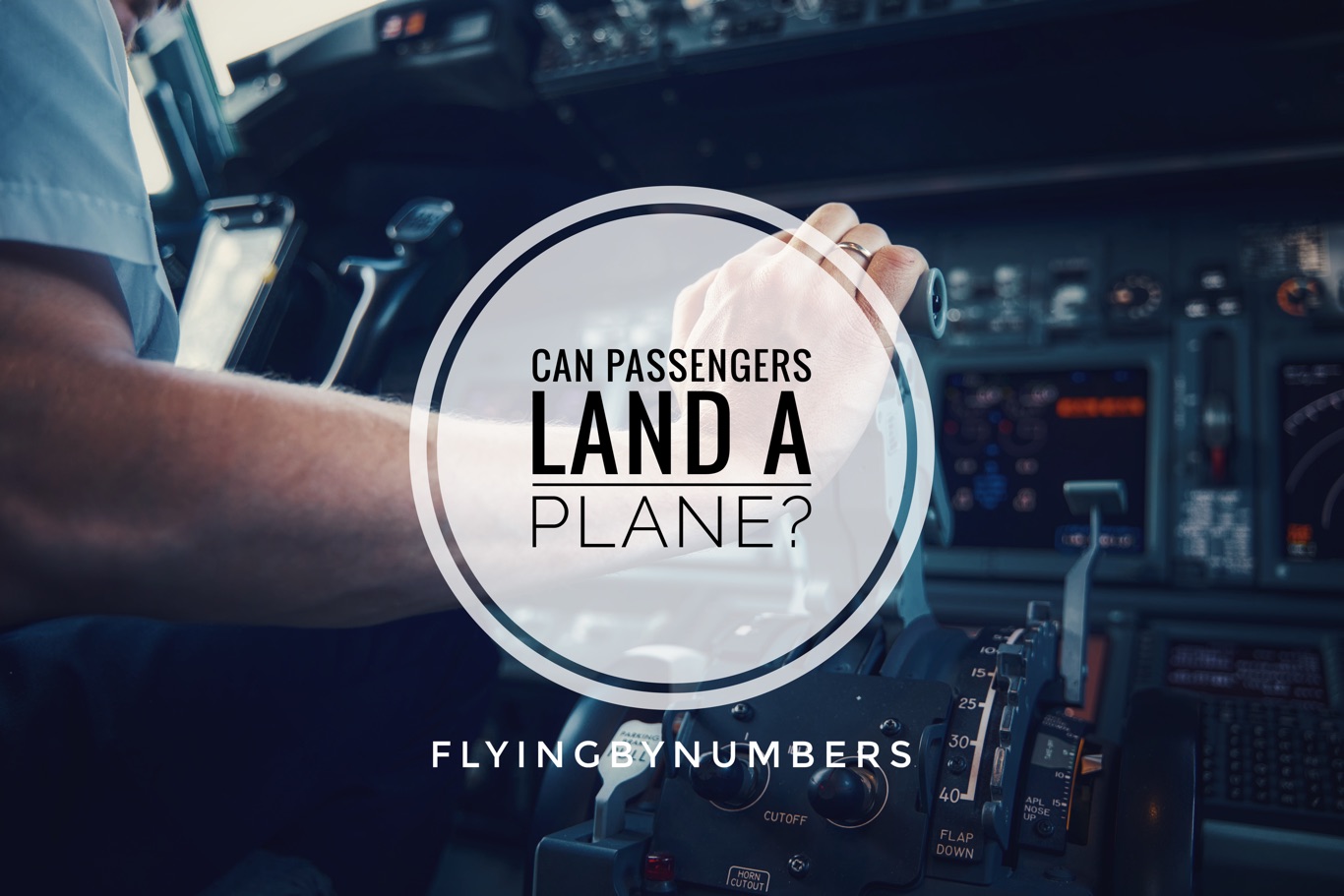The thought of a heroic passenger landing a plane after the pilots have been incapacitated is a plot that’s been featured in countless movies and TV shows. But in real life, can passengers actually land a commercial aircraft?
The short answer
It’s highly unlikely. For the average passenger, unfortunately, we don’t rate your chances! While it’s not totally beyond the realm of imagination, it would require an almost unimaginable amount of luck, some insider knowledge, and a very specific set of circumstances.
Fortunately, it’s never been put to the test. The level of redundancy in aircraft systems, alongside all large commercial aircraft requiring two pilots to operate, means that heroic passengers have yet to get the call-up!
In this article, we will take a lighthearted look at the factors involved, and finally see if there is anything you can do to improve your chances.
But, don’t be downhearted, just by reading this article you should marginally improve your chances, and we will give you some things to think about incase it’s ever your turn for heroics!
5 problems with passengers landing a plane
OK, keen passengers and secret flight simmers desperate to show your skills. Let’s talk through the process and see where the stumbling points are, and how you can overcome them.
Looking at it from a pilot’s perspective, we’ve identified some of the biggest barriers.
1. It needs a very specific emergency
There have been plenty of articles written about passengers landing aircraft, and even a great Mythbusters episode exploring the realities in a Boeing 747 simulator.
But one thing is commonly overlooked in all of them… What’s actually happened to incapacitate both pilots?
This first issue is arguably the largest.
With all of this in mind, in this hypothetical situation, what has caused both the pilots to be out of action, but left our hero alive?
2. Cockpit access
Firstly, does the surviving passenger even have access to the cockpit? The answer is a resounding no.
While cockpit access was once a routine part of flying — there are even stories of pilots allowing children to have a go! — in the modern world, everything has changed. As two Air Algerie pilots found out, being fired shortly after allowing a child to adjust the controls inflight.
In the aftermath of the 9/11 attacks, cockpit doors were reinforced to prevent unauthorised access. Separating the passengers and the pilots is a bulletproof, and key-coded, locked door.
So unless you’re a trained pilot already, or one of the flight attendants also survives the catastrophe that’s killed the Captain and Co-pilot, you won’t be able to get into the cockpit to take control of the plane.
3. Radioing for help
Let’s assume for a moment that a passenger somehow manages to get into the cockpit. Calling for help and being talked through the landing is a key part of the plan. Nobody is expecting you to know which buttons to press in which order.
But, could the average passenger operate the radios to call for help in the first place? Unfortunately, this is also unlikely. From the few reports of passengers successfully landing an aircraft, they’ve all been small light aircraft, often used for basic flying training.
As a result, while undoubtably skilled, these passengers already had a headset on, a radio dialled into air traffic control, and one button in front of them labelled PTT — or push-to-talk.
Unfortunately, commercial aircraft radios are considerably more sophisticated and complex. Upon entering the cockpit of a modern airliner, it’s likely you’ll be looking for a radio box like this…
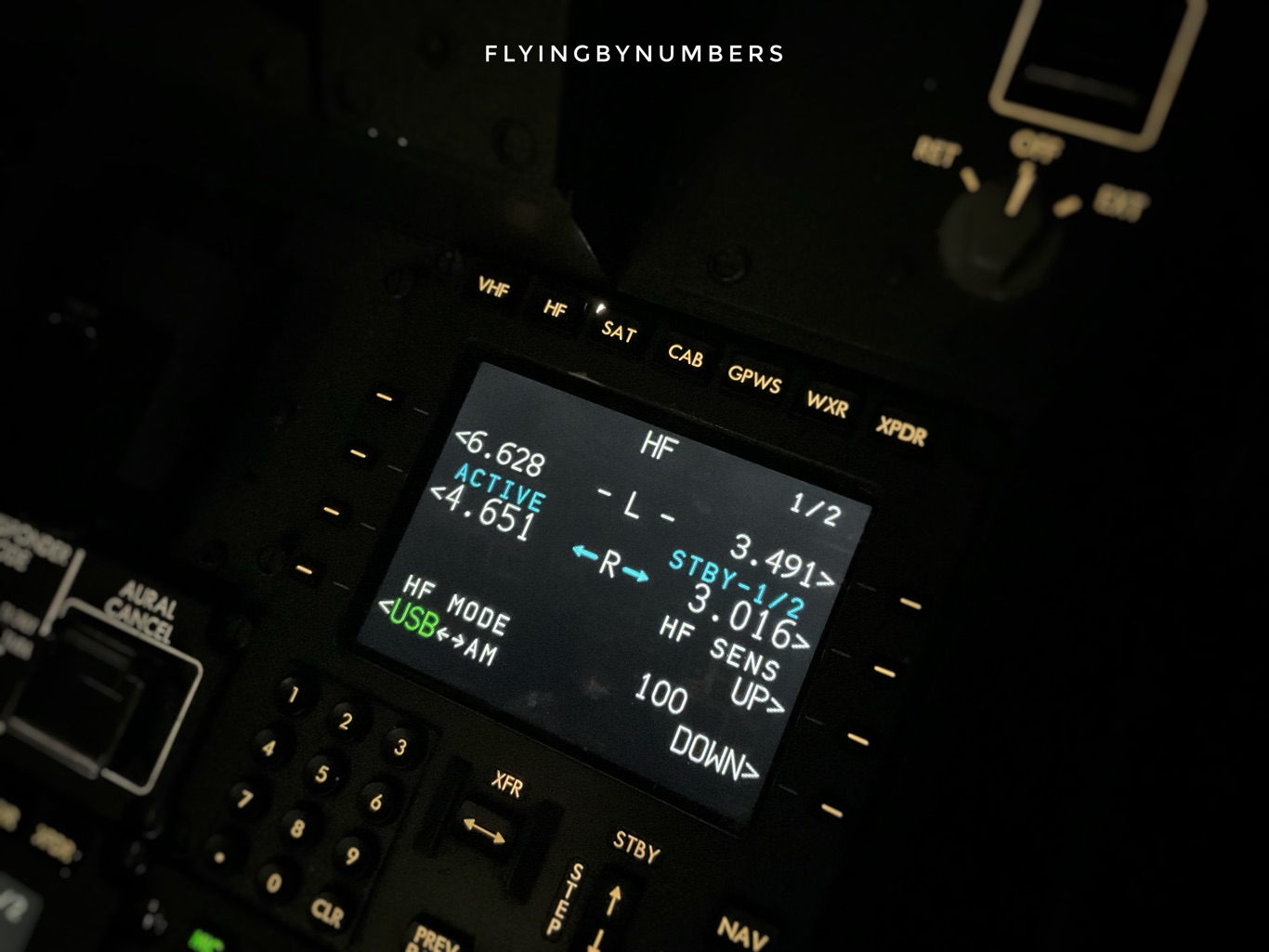
Depending on the flight routing and the emergency’s timing, the pilots might not even be using the radios! Known as CPDLC — controller pilot datalink communications — modern aircraft overflying sparsely populated areas use a different communications system entirely.
Not only have you arrived to an unfamiliar scene featuring two dead pilots, but the radio headsets will be tucked away, and not tuned into any air traffic frequency.
If you find yourself in this situation, we’d try making contact on the universal emergency frequency — 121.5. But, again, in many parts of the world it’s unlikely you’ll be in radio range of anyone that can hear you!
4. Land at the nearest suitable airport
A quick recap…
Before setting the aircraft up for an automatic landing, collecting the applause and presumably buying a lottery ticket! We need to find a suitable airport to land at.
Even in the popular YouTube videos, where passengers can be talked through to a successful landing, this part is simply skipped or overlooked. It’s already assumed that the aircraft is pointing at a suitable airfield, ready to go.
In reality, pilots spend years training, and alongside how to navigate and operate a commercial aircraft, a considerable emphasis is placed upon decision-making skills. Choosing a suitable airport is a critical part of that training.
Without that training, a passenger would be hard-pressed to find a suitable airport and execute a safe landing.
The difference between what has been achieved — passengers landing a light aircraft — compared to landing a commercial aircraft is huge. The odds are stacked against you.
Running out of fuel, or crashing off the end of a runway, are very real possibilities.
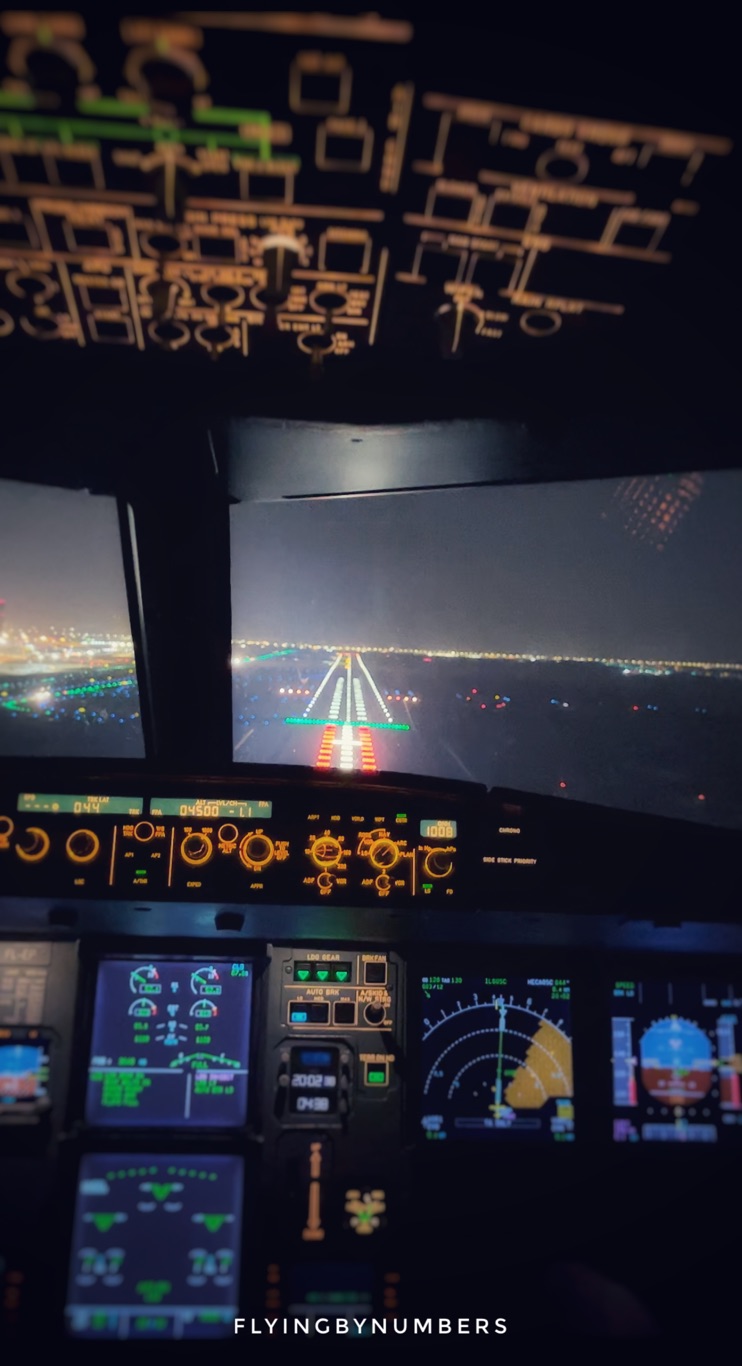
5. Performing an autoland
Finally, even if a passenger manages to overcome all of these obstacles and get the plane into a position to land, there’s the issue of operating the autoland system.
Virtually all commercial aircraft do have an autoland system, but it’s not something that can be operated by just anyone. It requires extensive knowledge and training to use the system effectively, and it’s something that pilots have retraining on during their annual sim check.
If an autoland system is just a couple of buttons, and fitted on every aircraft, why are pilots checked on their proficiency annually? Largely, it’s because it’s not a system that’s ever actually used!

“I just need to find the autopilot button…”
We’ve written about why pilots land planes manually before. But, essentially, you need a capable aircraft, an airfield with the facilities to do it, good weather, and to set the approach up properly.
These are by no means guaranteed. There are plenty of airfields in the world that aircraft regularly fly over that do not have the facilities fitted for an autoland. Even in Europe, which is packed full of runways at well-equipped airfields all closely together, picking the right airfield is a challenge.
Many airfields will only have an approach capable of an automatic landing on one end of the runway. This will only be usable if the wind conditions are sufficient, and it can be a challenging initial approach to be in a position to use it!
How this article improves your chances (…ish)
Interestingly, just by reading this article you’ll likely fare slightly better if this emergency comes to light — or, at least you’ll think you will!
In fascinating research by the University of New Zealand, they asked participants to watch a short video of a pilot landing a plane.
It wasn’t even a guide. Described by a commercial pilot as “100% useless”, the video simply filmed the back of the pilots, without showing their hand movement, during a landing.
Two hundred and four seconds of silent YouTube later, just by thinking they knew more about landing a plane, participants increased their self-confidence in performing a successful landing by 10% compared to those who hadn’t watched the video.
We asked some people (but not others) to watch a trivially informative video of a pilot landing a plane before they rated their confidence in their ability to land a plane. We found watching the video inflated people’s confidence that they could land a plane.
Trivially informative semantic context inflates people’s confidence they can perform a highly complex skill — Royal Society
In fact, when they repeated the study on a larger scale, 1 in 3 participants who had watched the video proclaimed they could have landed the plane without dying. So, purely by reading this article and being aware of some problems, you too should be more confident!
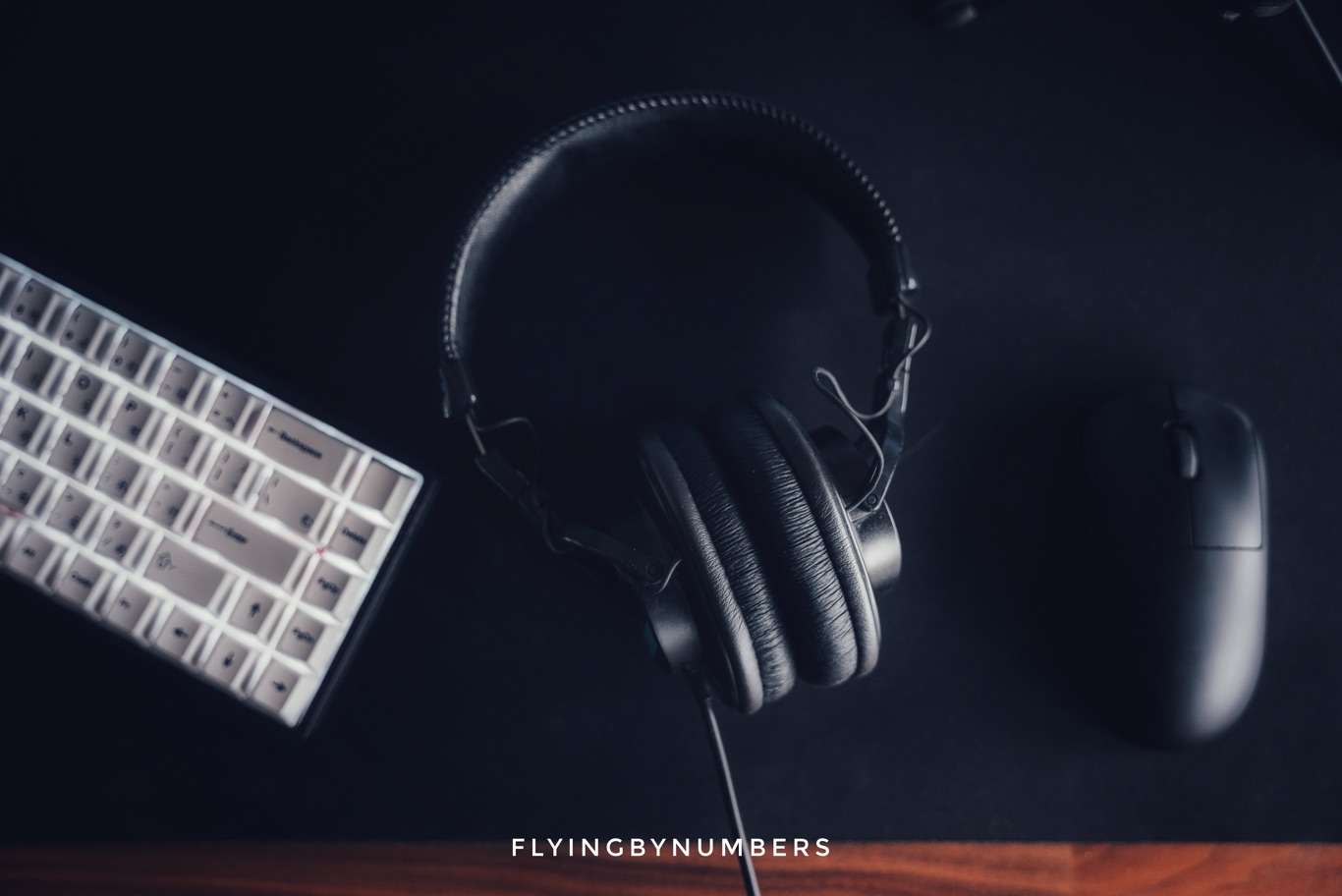
What makes passengers more likely to land a plane?
Misplaced confidence aside, from the numerous passenger simulator attempts at performing a landing there are a couple of things that stand out as being beneficial, and some that aren’t. We’ll take a look at how much we think they’ll help:
- Flight simulator experience
- Light aircraft flying
- Online guides
While flight simulation is a world apart from actually operating a real life aircraft, the familiarity with some buttons is likely to help. Flight sims are great for teaching the basic principles of flight, and familiarisation with how a modern aircraft cockpit looks.
We believe even rudimentary knowledge of how to operate the radios in a commercial airliner could make a huge difference in this hypothetical scenario.
It’s a key stumbling point that is often overlooked, nobody will be able to “talk you down” if you are unable to use the radios proficiently. After all, the pilots aren’t around — remember?
Despite the gulf in difference between operating a light aircraft and a commercial airliner, passengers with some form of previous flying experience are likely to fare better. We believe this is purely down to psychological factors.
Namely, all the participants in various simulator landings — even keen AvGeeks— have remarked on just how overwhelmed they felt with the entire process. Having some form of private pilot background is likely to minimise some level of the overwhelming pressure, even if only through false confidence, which may lead to a better outcome.
Finally, rollout guidance — the bit that keeps the aircraft on the runway after the landing — is a weak link. It doesn’t always work particularly well at lower speeds, and often needs pilot intervention to stop the aircraft drifting off the side of the runway. It would be a shame to heroically save the day, only to drift off the runway and crash.
While a world apart in terms of automation, the toe brakes and rudders work similarly as on light aircraft. A basic level of operating the brakes and rudder system should help overcome this point.
What’s our verdict on internet tutorials and YouTube videos? While entertaining and fun to watch, we think it’s pretty dubious they’ll be any help whatsoever.
The Dunning-Kruger effect is a cognitive bias whereby people with low ability, expertise, or experience regarding a certain type of task or area of knowledge tend to overestimate their ability or knowledge
Inadvertently demonstrating the complexity, popular aviation YouTuber Mentour Pilot has a 12-step guide to landing a commercial aircraft if you ever find yourself in this position. Unfortunately, it’s over 30 minutes long! Which neatly demonstrates our point.
WikiHow’s online “how to land a plane guide” is arguably even worse. Including gems such as, making sure you are sat in the right seat (the left-hand side obviously, we are pretending to be the Captain, not the co-pilot!). Alongside, “go and find a flight attendant to remind you of the correct flight number” to ensure you get your radio pronunciation correct.
Guides like these neatly hand wave away, things like, you know, how to fly the actual plane. “If the autopilot isn’t in, look for the button labelled autopilot, and ummm, push it” Simples.
We’ve found most “how-passengers-can-land-a-plane” guides are thousands of words full of the exact kind of nonsense and trivia that the University of New Zealand attributes to the Dunning-Kruger effect!
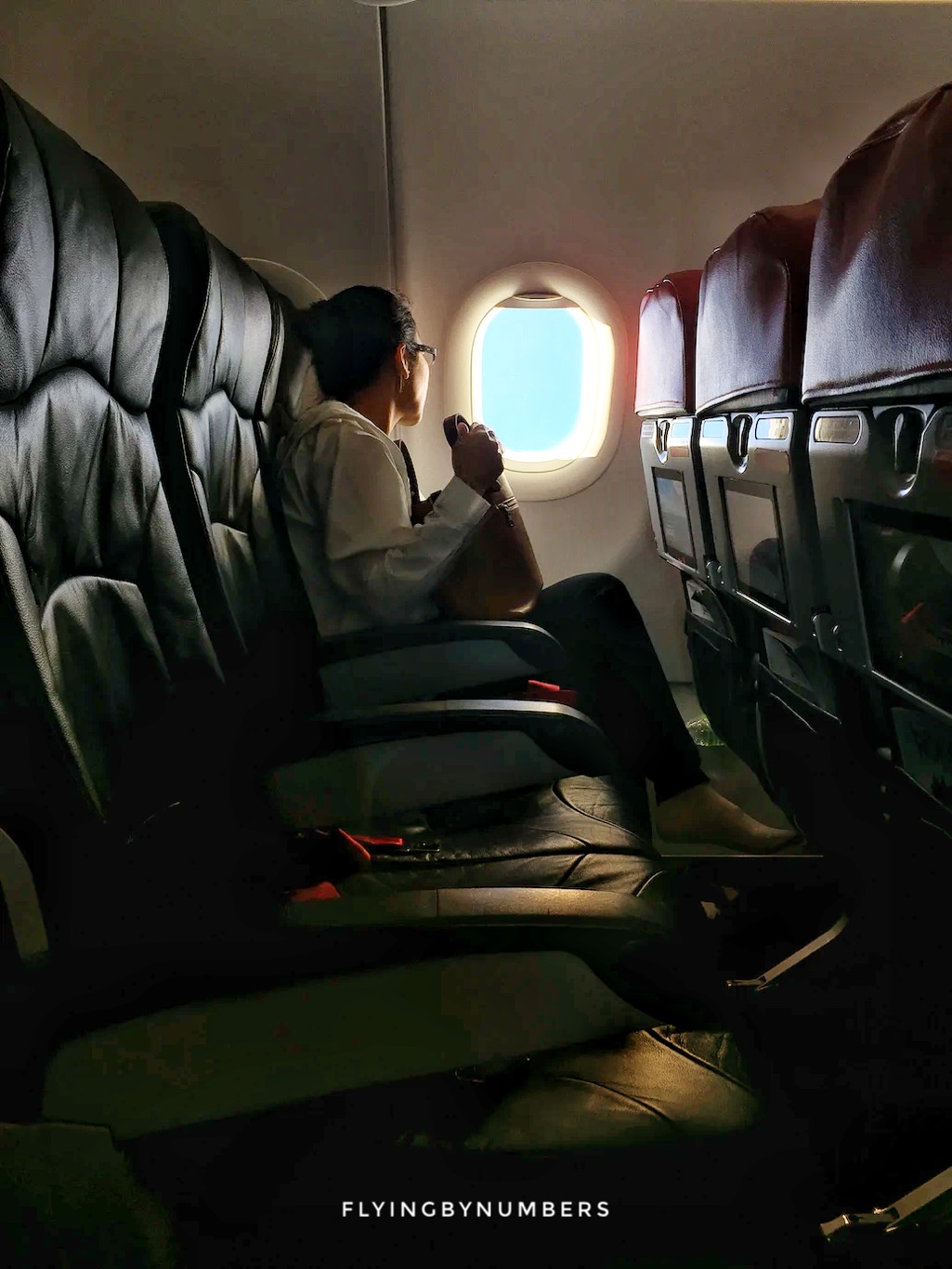
Summary
In conclusion, while the idea of a heroic passenger landing an aircraft is a comforting thought, we reckon it’s pretty unlikely anyone is going to pull it off. Extra keen flight simmers, and those with a private pilots licence or general aviation background may have a slight advantage, but in reality it’s unlikely to make a significant difference to the survival rate.
Outside hypothetical scenarios, there have been a few cases where passengers have landed small planes in emergencies, but those were light aircraft, not commercial planes. In one such case, a passenger with no experience was able to land a small plane safely after the instructor pilot collapsed.
However, passengers safely landing planes is the exception rather than the rule, and as we have seen, commercial aircraft are so different to the small aircraft that have been successfully talked down. Airliners come with a host of additional challenges; from access to the cockpit, operating the radios, requiring specific runways and approach facilities, alongside operating complex automatics.
The good news is, the situation is likely to remain a hypothetical for a long time! To our knowledge, there have been no incidences of passengers having to land a commercial aircraft, simply because they haven’t needed to. Pilots undergo annual medical checks, stringent training, and there are always two on board every commercial flight.
That doesn’t mean we can’t have a bit of fun and plan for the worst case, right?!
